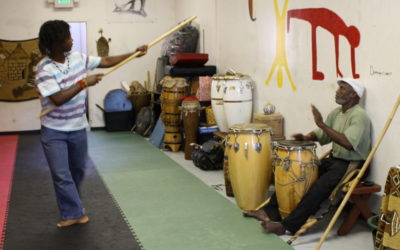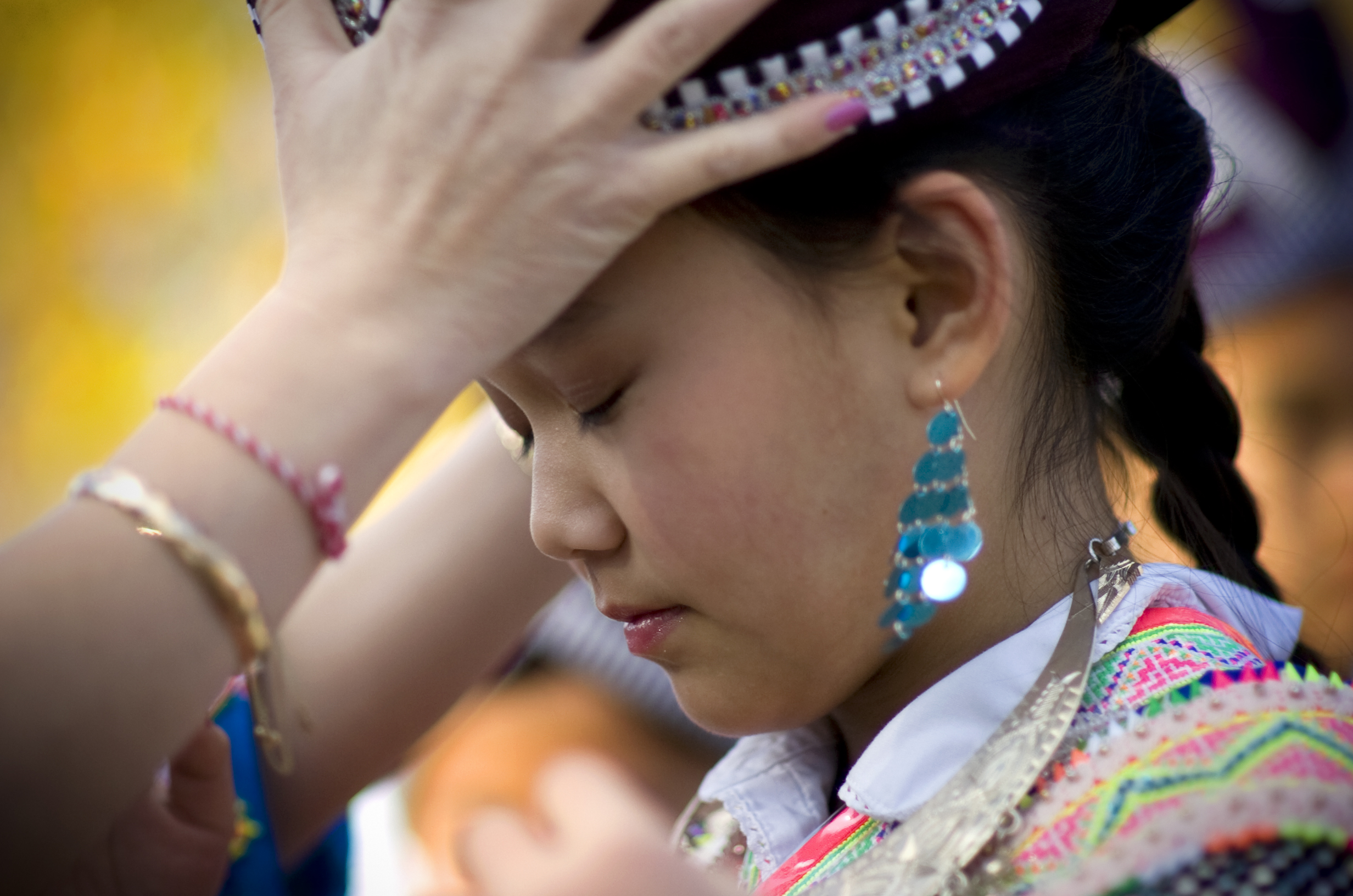Profile
Matsutoyo Sato
Minyo, or folk songs, have been passed down through the generations in the various regions of Japan. Many minyo originated from “commoners” – farmers, fisherman, housewives, and merchants – recounting their daily lives, their stories, and their hopes. Other minyo tell of religious, historical, or seasonal events. In the past,…
Profile
Sylvia Puananiha’aheo Edgar
Hawaiian hula is an indigenous dance form accompanied by oli (chant) and mele (song). The oli and the hula dramatize and accentuate the mele, which carries valuable information: history, genealogy, religion, geography, geology, etc. There are many styles of hula which have been divided into two main categories. Kahiko…
Profile
Leah Mata
The Chumash historically inhabited the central and southern coastal regions of California, in portions of what is now San Luis Obispo, Santa Barbara, Ventura and Los Angeles Counties. As many other Native peoples, the Chumash wore special regalia during song and dance ceremonies. Chumash regalia includes a broad range…
Profile
Maria Salazar
Día de los Muertos (Day of the Dead) is a Mexican celebration with indigenous and Catholic roots. Observed on November 1 and 2 each year, the holiday honors deceased friends and family. Traditions connected with the holiday include building private altars (ofrendas) honoring the deceased using sugar skulls, marigolds, and…
Profile
John Santos
Afro-Latin percussion refers to percussive instruments, traditions, rhythms, dances, and musical forms that have given voice, identity, and much inspiration to urban communities across the Americas. In specific countries and regions, local percussive/musical traditions are learned in tandem with the Afro-Cuban, Afro-Caribbean traditions that have come to represent…
Profile
Juana Alicia Araiza
The Chicano mural movement began in the 1960s in Mexican-American barrios throughout the Southwest. Artists began using the walls of city buildings, housing projects, schools, and churches to depict Mexican-American culture. Chicano muralism has been linked to pre-Columbian peoples of the Americas, who recorded their rituals and history on the…
Profile
Patricia Zavala de Arias
Deshilado (des-ē-lah’-do), or Mexican openwork embroidery, is traditionally used on household items such as tablecloths, napkins, and linens. Openwork embroidery is the art of removing threads from a fabric to create a design over which embroidery is made. Patricia Zavala de Arias learned deshilado from her mother in her hometown…
Profile
Saravanapriyan Sriraman
Carnatic music is an ancient tradition of South Indian classical music that dates back for centuries. It is a complex system of music that requires both artistic and technical improvisation. The genre is comprised of raga, the melodic formulae, and tala, the rhythmic cycle. The violin is an integral part…
Profile
Hiroyuki “Jimi” Nakagawa
The art of kumidaiko—ensemble drumming with the taiko, a traditional Japanese drum—was developed in post-World War II Japan in the 1950’s. Kumidaiko came to America in the late 1960’s and early 1970’s, entering through the Japanese American communities of San Francisco, Los Angeles, and San Jose. Hiroyuki “Jimi” Nakagawa has…
Profile
Dennis Newsome
Kalenda (African stick dance/fight ritual)


